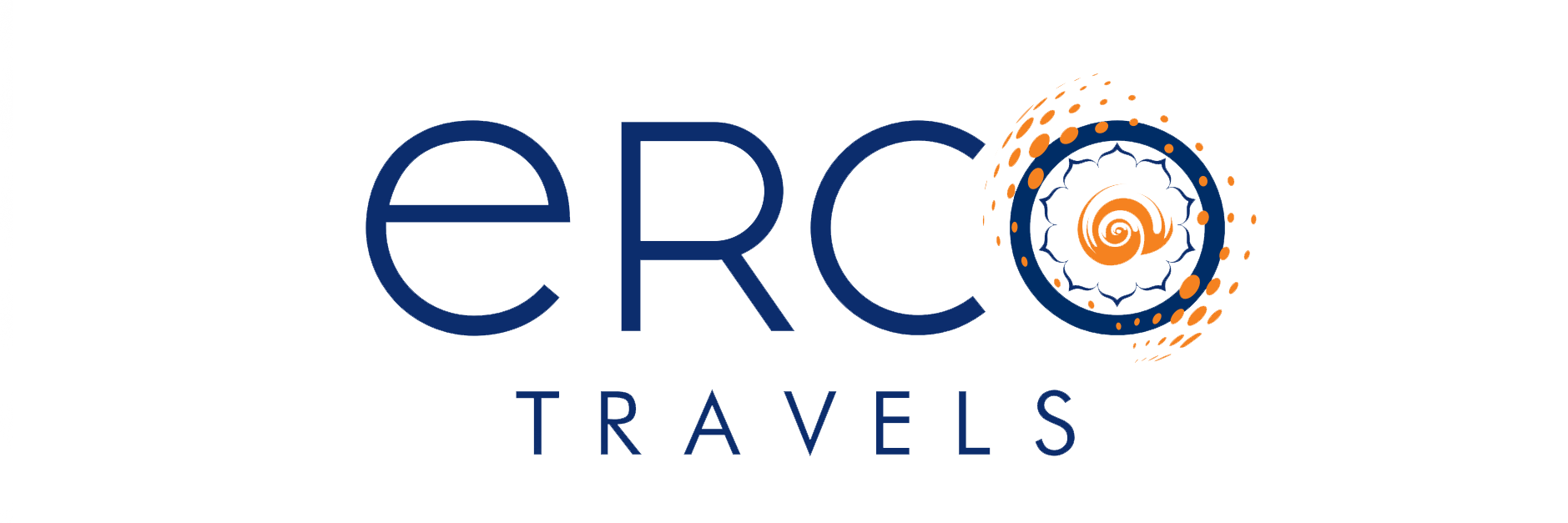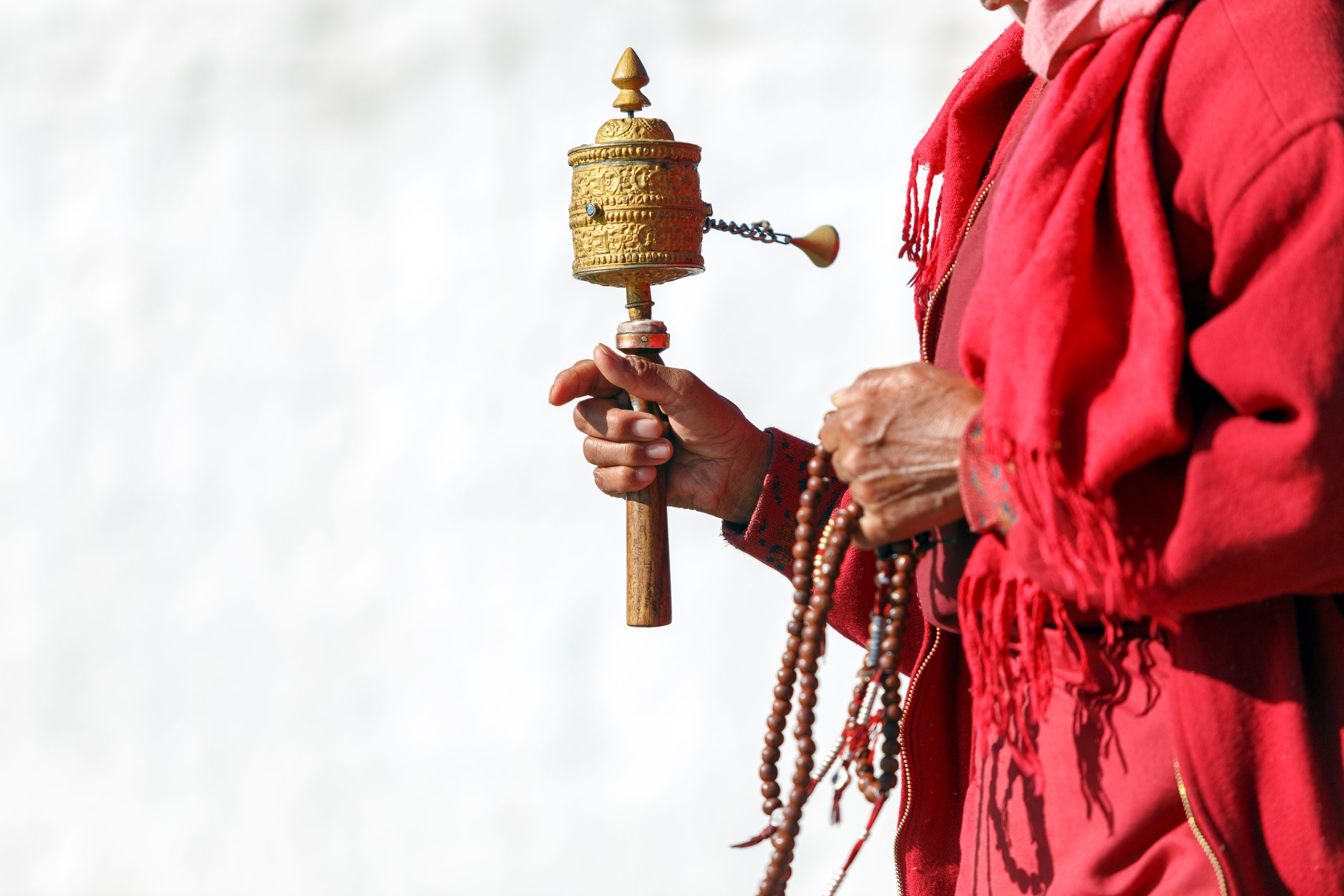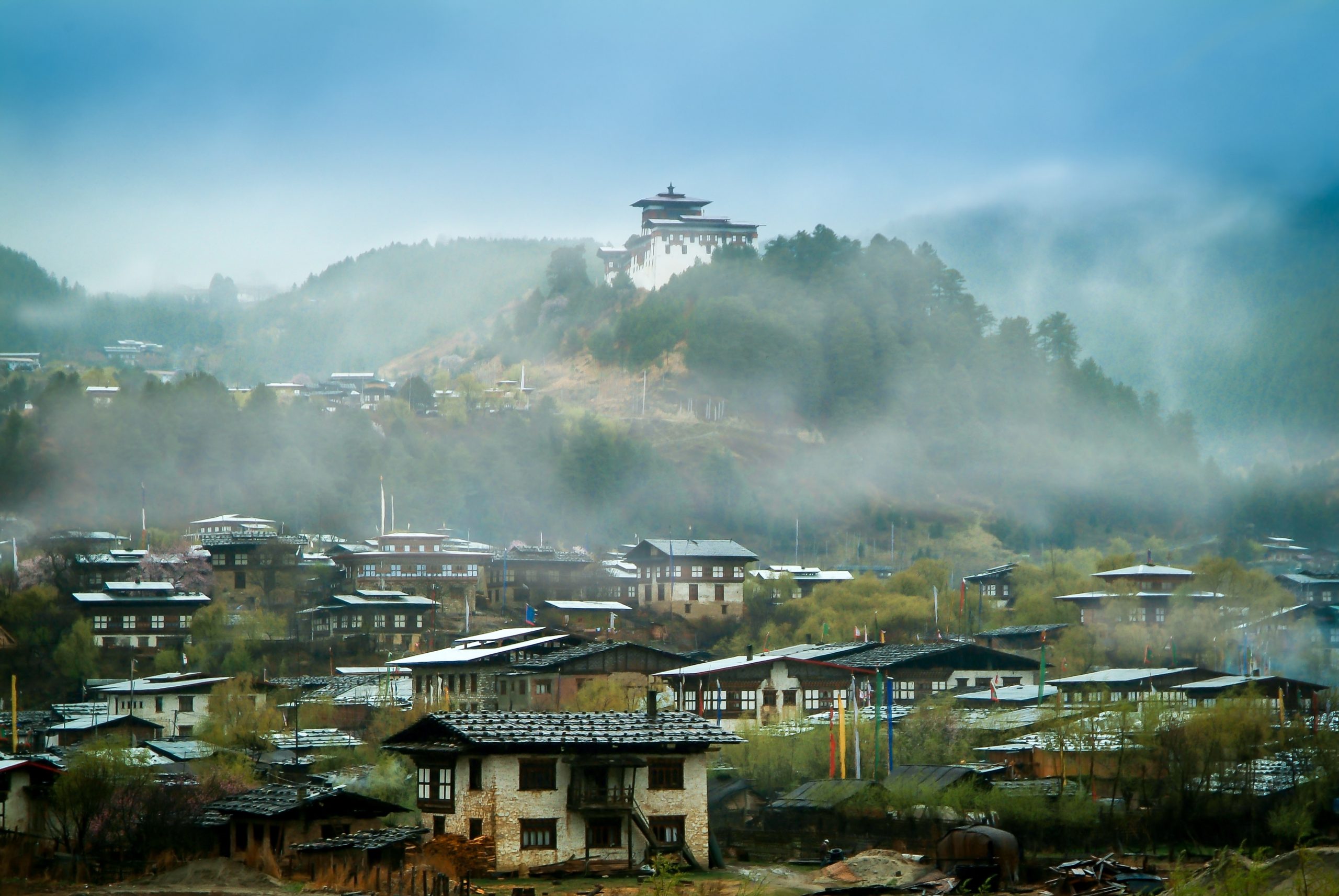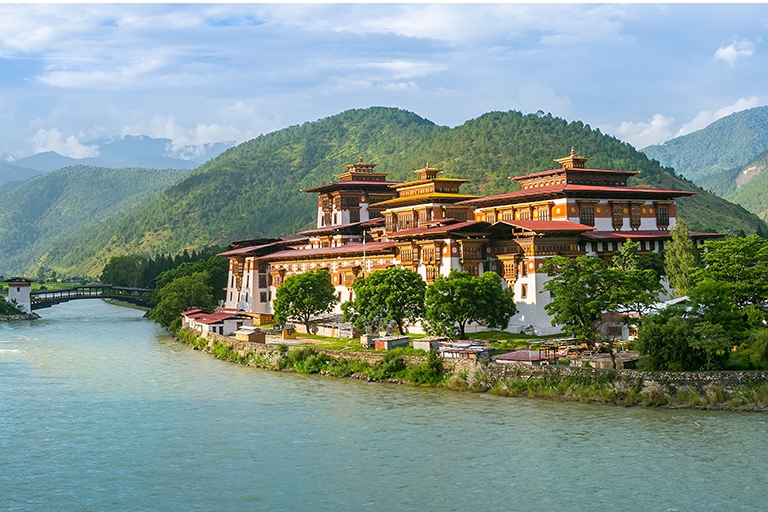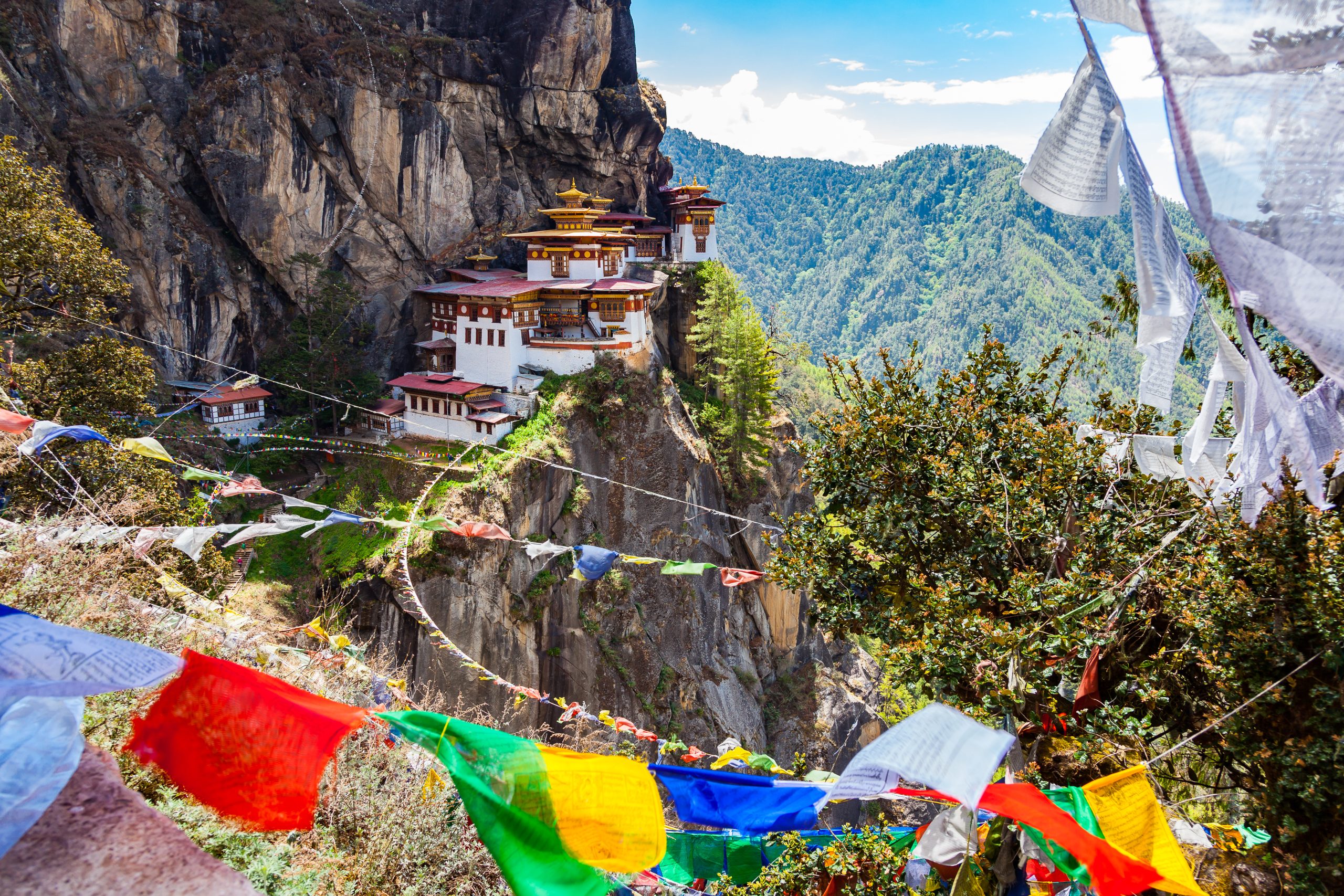Day 1
Arrive Paro (Bhutan) by Flight & transfer to Thimphu (55km, approx. 1.1/2-hour drive)
The flight to Paro is one of the most spectacular in entire Himalayas. Flying along the Himalayan range from Kathmandu or over Himalayan foothills if flying over Kolkatta, the journey offers fascinating views and an exciting descent into the Kingdom. Bhutan’s first gift to you as you disembark from the aircraft will be cool, clean fresh mountain air.
After immigration formalities and baggage collection you will be welcomed by our representative with a ‘tashi khaddar’ (white scarf offering to the guest which is an auspicious way to welcome guest) and drive to Thimphu, the capital town of Bhutan. The road leads through the Paro valley to the confluence of Paro and Thimphu rivers at Chuzom (confluence).
Shortly before reaching Chuzom, you will see on your left Tamchog Lhakhang, the temple built by Thangtong Gyalpo, a pioneering engineer who introduced the construction of suspension bridges into Bhutan and Tibet (several of which are still in use today). The present bridge to Tamchog Lhakhang was restored in 2005 in the design of a traditional style with iron chains and crossing this iron bridge is a wonderful experience. (approx. 50 min, roundtrip walk).
On arrival, in Thimphu check-into the hotel. The capital town of Bhutan and the centre of government, religion and commerce, Thimphu is a unique city with unusual mixture of modern development alongside ancient traditions. With the population of about 1,30,000 it is perhaps still the world’s only capital city without a traffic light.
Later in afternoon visit National Memorial Chorten, a large white structure crowned with a golden spire. It is located close to the center of Thimphu city and is one of its most iconic monuments. This is the most ideal spot to interact with locals who throng in large numbers to circumambulate the chorten, whirl the large red prayer wheels and pray at a small shrine inside the gate. The paintings and statues inside the monument provide a deep insight into Buddhist philosophy.
Afterwards an exploratory walk around Thimphu main street and market area
Overnight at the hotel in Thimphu (Altitude 2,320m).
After immigration formalities and baggage collection you will be welcomed by our representative with a ‘tashi khaddar’ (white scarf offering to the guest which is an auspicious way to welcome guest) and drive to Thimphu, the capital town of Bhutan. The road leads through the Paro valley to the confluence of Paro and Thimphu rivers at Chuzom (confluence).
Shortly before reaching Chuzom, you will see on your left Tamchog Lhakhang, the temple built by Thangtong Gyalpo, a pioneering engineer who introduced the construction of suspension bridges into Bhutan and Tibet (several of which are still in use today). The present bridge to Tamchog Lhakhang was restored in 2005 in the design of a traditional style with iron chains and crossing this iron bridge is a wonderful experience. (approx. 50 min, roundtrip walk).
On arrival, in Thimphu check-into the hotel. The capital town of Bhutan and the centre of government, religion and commerce, Thimphu is a unique city with unusual mixture of modern development alongside ancient traditions. With the population of about 1,30,000 it is perhaps still the world’s only capital city without a traffic light.
Later in afternoon visit National Memorial Chorten, a large white structure crowned with a golden spire. It is located close to the center of Thimphu city and is one of its most iconic monuments. This is the most ideal spot to interact with locals who throng in large numbers to circumambulate the chorten, whirl the large red prayer wheels and pray at a small shrine inside the gate. The paintings and statues inside the monument provide a deep insight into Buddhist philosophy.
Afterwards an exploratory walk around Thimphu main street and market area
Overnight at the hotel in Thimphu (Altitude 2,320m).
